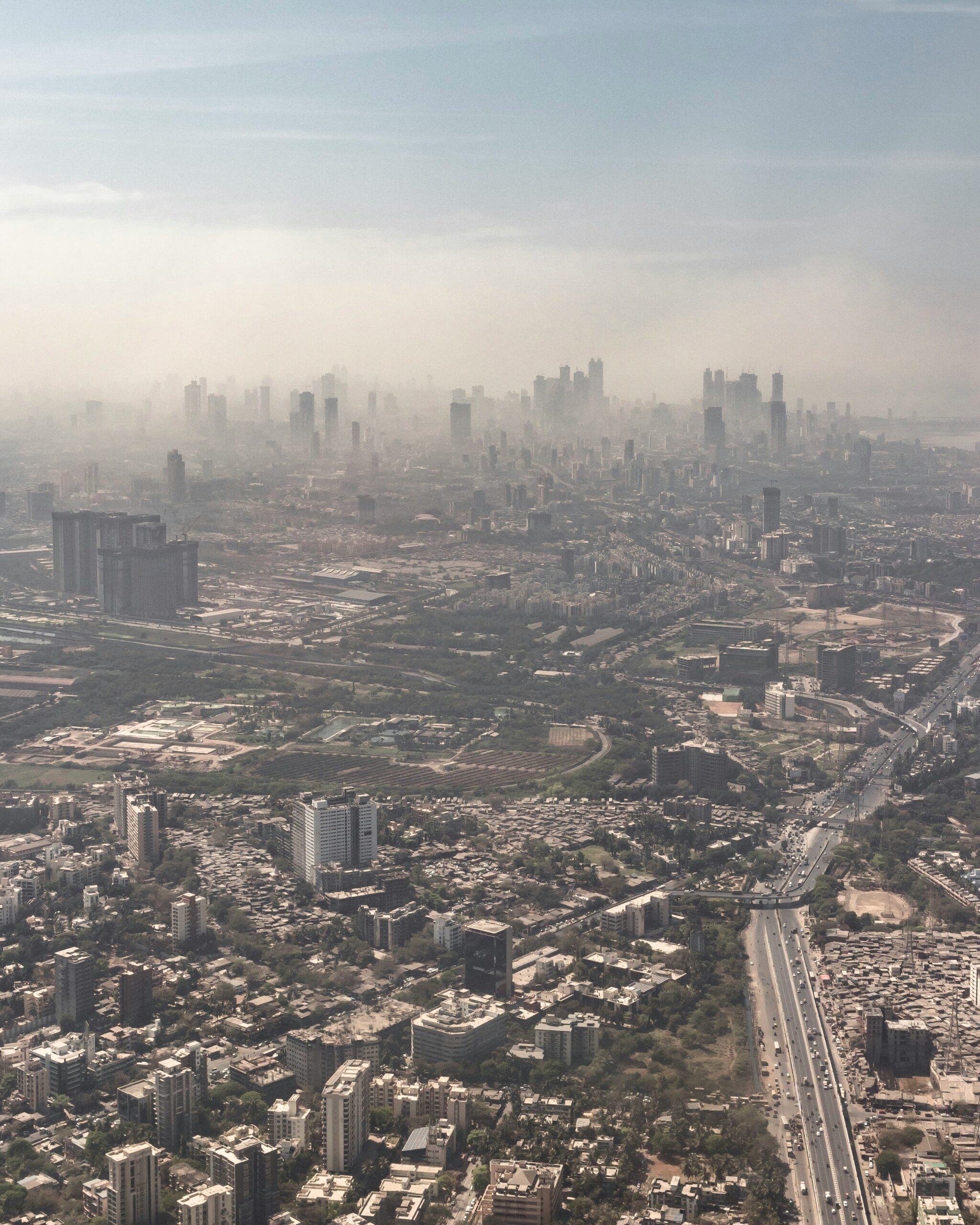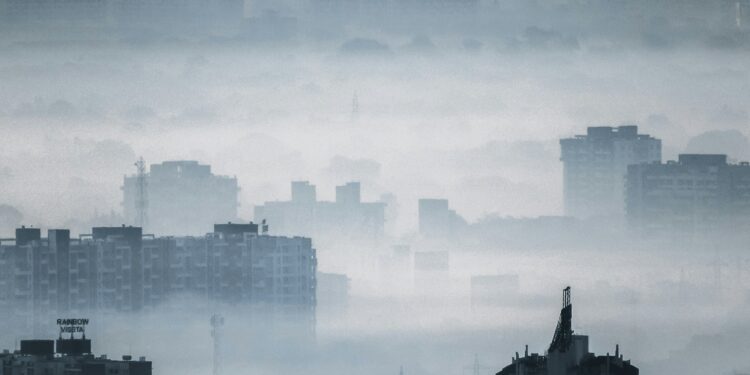A heavy blanket of toxic smog has engulfed most parts of northern India on Monday, with readings of air quality in the capital city, New Delhi hitting their highest this year after a dense fog overnight.
The smog – which is a toxic blend of smoke and fog– happens each year in winter as cold air traps dust, emissions, and smoke from illegal farm fires in some surrounding states.
Visibility had dropped to 100 m (109 yards) in Delhi and Chandigarh, a city northwest of the capital, but authorities had revealed that flights and trains were still operating albeit with some delays.
India’s pollution control authority announced the national capital territory’s 24-hour air quality index (AQI) reading was at 484, and classified it as “severe plus”, the highest classification this year.

According to Swiss group IQAir’s live rankings, New Delhi is the most polluted city in the world with its air quality at a “hazardous” 1,081 and the concentration of PM2.5 – particulate matter measuring 2.5 microns or less in diameter that can be carried into lungs, causing deadly diseases and cardiac issues – was 130.9 times the World Health Organisation’s recommended levels.
Due to this report, Delhi authorities have directed all schools to shift classes online and enforced even stricter restrictions on construction activities and vehicle movements, citing unfavourable meteorological conditions and low wind speed.
Farm fires – where stubble is left after harvesting rice is burnt to clear fields – have been a major contributor to the air pollution, going as high as 40% according to a weather forecasting agency under the ministry of earth sciences has said.
Despite the polluted air, many residents have kept up their daily routines even as many buildings were barely visible.
India’s weather department has already forecast “dense to very dense fog” for the northern states of Uttar Pradesh, Haryana and Rajasthan for Monday.

















